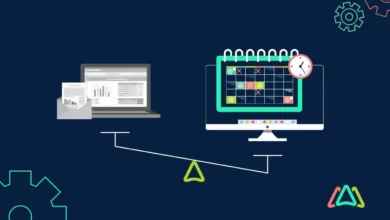Screenshots for App Store and Google Play in 2025

In 2025, app screenshots will no longer be decorative — they will be decisive. In an oversaturated market where over 100,000 new apps appear each month, screenshots have become one of the most powerful tools for increasing conversion. Developers have an average of seven seconds to catch the user’s attention. In that short time, visuals must communicate value, trust, and personality faster than any ad campaign.
Why Screenshots Matter
Screenshots are the first and often the only element users notice when browsing app stores. They are not just images; they are the foundation of visual communication and a key factor that determines whether a user downloads the app.
The main goal is not to display features but to tell a visual story — to show what the app feels like to use. Modern users scroll fast and read little, which makes concise, emotional, and authentic visuals the new standard.
Trends Defining Visual Strategy in 2025
- Emotion and storytelling: Screenshots that evoke feelings or depict real user scenarios perform better than feature lists.
- Authenticity over perfection: Raw, realistic visuals — inspired by the “ugly ads” trend — outperform polished studio designs.
- Dark mode as default: With more than half of users preferring dark themes, showing both modes boosts credibility.
- Minimal text: 3–5 words per image is enough; focus on verbs and outcomes.
- Cultural adaptation: Localization should include emotional tone, not just translation. Colors, models, and copy should fit the target audience.
App Store vs Google Play: Adapting Your Strategy
Although App Store and Google Play continue to align in interface design, their screenshot rules still differ.
- App Store: up to 10 screenshots; first three visible in search; flexible text placement.
- Google Play: up to 8 screenshots; first image and video preview most visible; text limited to 20% of the image.
The visual hierarchy and order must be adapted for each platform — copying designs 1:1 reduces effectiveness.
Data-Driven Creativity
Creating screenshots is no longer guesswork. Testing, data, and iteration define success. Product Page Optimization (PPO) on iOS and Store Listing Experiments on Android let teams compare variants and track real conversion impact. On average, successful visual A/B tests raise install rates by 10–25%.
Tools like ASOMobile simplify research and testing by analyzing competitors, tracking visual trends, and comparing screenshot performance across categories.
Conclusion
In 2025, screenshots will be your app’s language — they will tell your story before the description does. The right visuals will increase conversion, differentiate your product, and build trust. Treat screenshots not as decoration but as your most important marketing asset — the one that sells silently, effectively, and globally.




